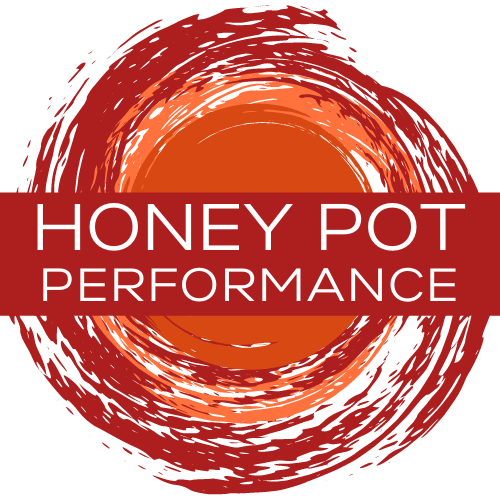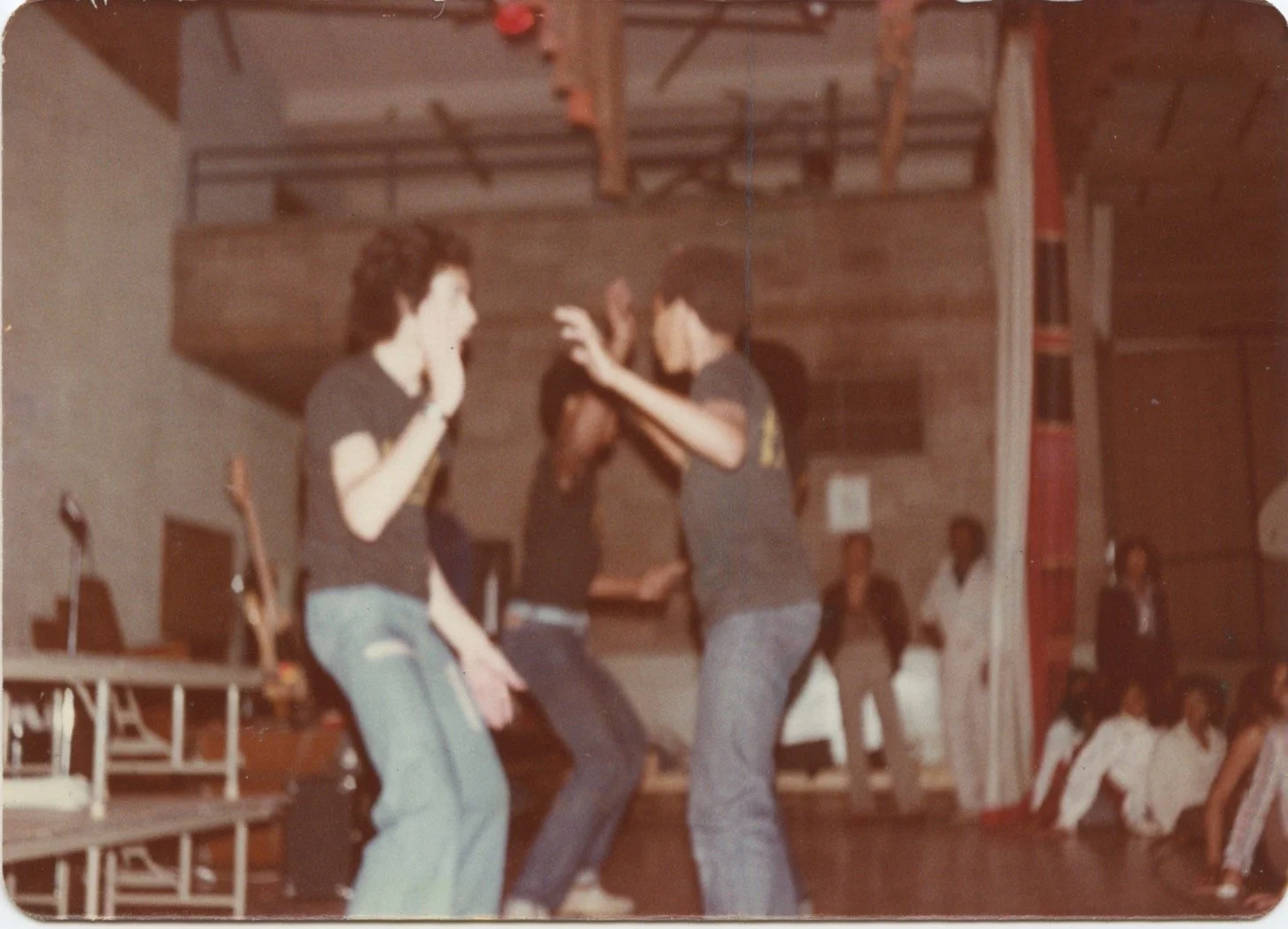THE DOCTORS
Mendel Catholic High School, Chicago’s South Side teen scene
and the Roots of House Music Culture
The social culture of Black and Brown youth is the often overlooked origin of many popular creative forms. That too is the case for House Music. Though nightclubs are often cited as the birthplaces of house, the teen scene was a crucial progenitor for the culture. High schools across Chicago’s South and West Sides such as Mendel, Mount Carmel, St. Rita, and De La Salle, were infamous for their massive all-ages dance parties which featured high-profile DJs.
Formed in the mid 1970s, The Doctors were a crew of young Black underclassmen at the all-boys Mendel Catholic High School who in their time there elevated the school’s parties to new prominence, and have had a lasting impact in their communities and beyond. Their cultural contributions are evident in and critical to the history and culture of house music, from its promotion, to the style, to dance, to music and more.
THE ILL CITY
The Doctors rose to prominence in a time of rapid social, cultural and political change. Radical political movements reached a fever pitch in the late 60s and early 70s, and the Second Great Migration saw the movement of millions of southern Black folks to Northeast, Midwest, and Western cities. The dramatic new racial makeup of these urban cities resulted in conflict, driving Black social culture underground and spawning exciting new genres and social scenes simultaneously. During this time, attacks from large record labels and the government onto previously thriving Black independent music businesses resulted in an upheaval. These complex socioeconomic violences shaped life for Black youth in Chicago. They also contextualize the conditions that vaulted The Doctors, Mendel, House music, and Chicago’s Black social culture to prominence. In their inception, city officials could not even define what they truly were.
“All of these teens are involved in a new phenomenon known as social clubs. Five years ago the southside was known around the world for its famous gangs. Now those gangs seem to be giving way to nonviolent clubs interested in having a good time and staying out of trouble… Sgt. Theodore Pendleton, 21st district, 29th and Prairie, believes that ‘there have always been gangs and there will always be gangs. The goal orientation is changed. Gangs are less violent than they were five or six years ago. Gangs are turning to social clubs and business.”
Issue of New Expression, August 1977
THE ORIGIN
Darien Davis, aka Dr. Kildare, wanted to start a dance group for the House parties. One day, he saw a popular Bahb Peters interacting with everyone and asked “who was that guy?” Jamie Mayes went on to introduce them.
“I suggested to him we start a dance group. That we could practice at each others houses and spend the night to perfect the steps, until Bob finally agreed to form the group. We asked our Mom’s and they agreed too, so we started practicing and showcasing the routines for our sisters. After we perfected our routines, we started dancing all over the city, and we started recruiting all the rest of the Doctors from Mendel. Basically, Bob was choosing people who were handsome or had a specific talent to be a part of The Doctors.”
“I tried to focus on our image and the image of the school as gentlemen and as the BEST dance troupe in the city of Chicago but it was always a challenge because groups kept challenging us especially The Ebony Gents but we fought through until we quit in 1978. I tried to make sure that we represented the school well because that was a large part of our identity.”
ABOUT THIS PROJECT - CBSCM COMMUNITY CURATORS PROGRAM
Through exhibitions, the Chicago Black Social Culture Map further extends our preservation and storytelling efforts by making Black cultural history publicly accessible to the communities that helped shape it. Using photographs, ephemera, and artwork, we celebrate and honor the people creating this living, dynamic, and often transgressive culture where liberation lives in music, motion, and embodied performance.
Our newest exhibition initiative, The Community Curators Program, spotlights personal collections that represent important and often widely unknown aspects of Chicago’s Black social culture history. Artists and community members are matched with an archivist or curatorial writer to create a unique digital exhibit featuring media rich storytelling including narrative, photos, video, and sound.
Community Curators highlights the lived expertise of cultural stakeholders/stewards and their contributions to Chicago Black social culture. We create spaces for more threads of the story to be told, enriched by archival material found in oral histories, boxes, scrapbooks, and basements.
The first 2025 exhibition under the Community Curators banner focuses on The Doctors—a crew of young Black men from Mendel Catholic High School who elevated the school’s parties to new prominence. This story is a key piece of activating our archive, illustrating Chicago’s role as the birthplace of House music, both in nightclubs and the teen scene.







